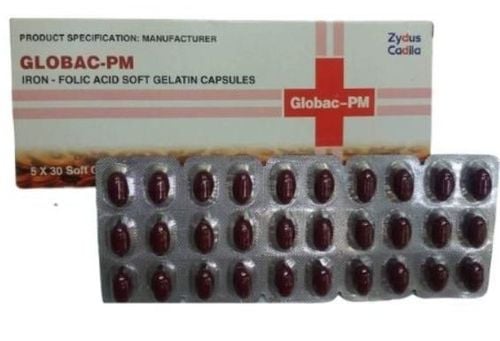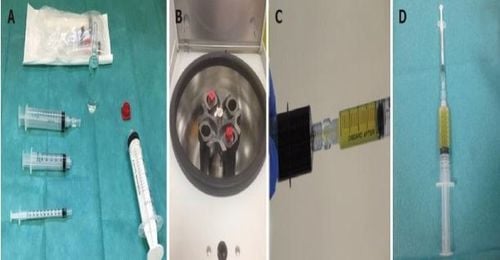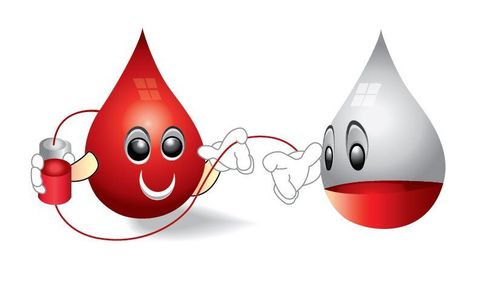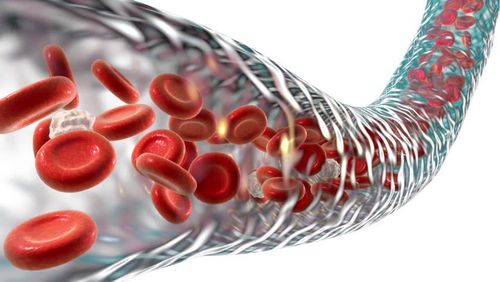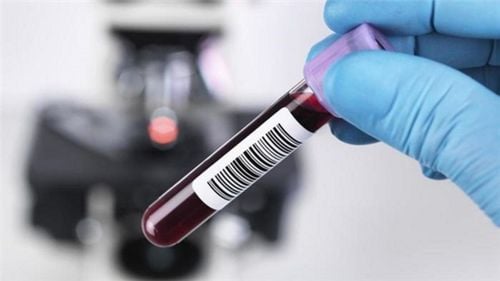This is an automatically translated article.
The article was professionally consulted by Associate Professor, Doctor, Doctor Le Ngoc Hung - Dean and Doctor Bui Thi Hong Khang - Laboratory Department - Vinmec Central Park International General Hospital.Abnormalities in the red blood cell membrane can also be a sign of some hematological disorders. In particular, the erythrocyte membrane strength test is a simple method to contribute to the detection of these diseases.
1. What is a RBC Strength Test?
The erythrocyte resistance test is used to measure the resistance of red blood cells to the risk of hemolysis when exposed to different dilutions of sodium chloride saline.The cell membrane has the role of enclosing the cell, containing the intracellular environment and internal organelles. Membranes are both stable, firm and permeable to certain specific substances, allowing water, nutrients, electrolytes as well as metabolic products to enter or leave the cell. . Red blood cells also have the nature of a cell, and the cell membrane of red blood cells is very special, suitable for the function of moving continuously in the circulation around the body, providing oxygen to the organ tissues. When red blood cells, or biological cells in general, are directly exposed to a hypotonic environment, which has a lower solute concentration than the body's normal extracellular environment, water will easily enter the body. in order to balance the osmotic pressure between the two sides of the cell membrane. As a result, the red blood cells swell, the erythrocyte membrane stretches, and eventually ruptures. The phenomenon of rupture of the red blood cell membrane, lysis of substances in the cell lumen, staining the entire solution in the test tube to a uniform red color is called hemolysis.
When mixing red blood cells in the solution, the more hypotonic, the percentage of hemolytic red blood cells will increase. At concentrations when slowly diluting the solution as a hypertonic medium with distilled water, the presence of broken erythrocytes will help determine erythrocyte stability. The basis of erythrocyte membrane permeation susceptibility is correlated with the ratio of surface area to total erythrocyte volume. Therefore, through the erythrocyte resistance test, technicians can identify a number of hematological related diseases.
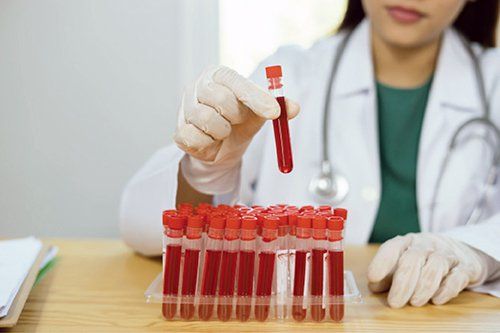
Xét nghiệm sức bền hồng cầu được sử dụng để đo mức độ đề kháng của hồng cầu
2. How is the erythrocyte resistance test performed?
The test for erythrocyte stability is performed in the same way as other routine blood tests. The patient does not need to fast or do any special preparation. Blood is taken from a vein and put into a test tube with the required amount of 6 mL, the minimum required is 2 mL.The solution containing the selected solute is sodium chloride brine mixed in distilled water. The concentration of NaCl solution is considered suitable for physiological environment, the balance between intracellular and extracellular is 0.9 g/dL (or 0.9%). The solution that serves as the medium is diluted slowly by adding distilled water. Each test tube with different hypotonic media is arranged in descending order and the exact concentration is carefully noted on the wall of the tube.
After the blood sample is collected, it should be kept upright and incubated in a 37°C oven. After the required incubation time, remove the test tube and observe that the initial blood will separate into two parts. The transparent part above is plasma, accounting for about 55%. Red blood cells and other cells will settle to the bottom of the test tube, accounting for about 45%. Use a small straw to collect these blood cells and perform the test.
The blood cells, after being washed with only red blood cells, will be divided into parts with equal volumes, and then placed in pre-prepared hypotonic media. Invert gently so that the cells are evenly mixed in the medium and then stand upright for 1 to 2 hours before reading the results.
Results of red blood cells begin to hemolysis is in the test tube, observing that the supernatant in the lower part of the tube is pink and the bottom of the tube has intact red blood cells gathered together.
Results of the complete dissolution of erythrocytes is that in the test tube, only a homogeneous, transparent pink solution is observed without red blood cell deposits at the bottom of the tube.
If the above two results are in hypotonic concentrations above the reference range, it is considered as decreased erythrocyte endurance. Conversely, if the above two results are located at hypotonic concentrations below the reference range, this is said to be increased erythrocyte endurance.
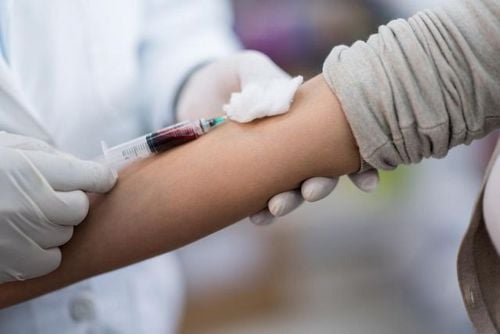
Mẫu máu sau khi được thu thập cần để thẳng đứng ủ trong tủ sấy 37 độ C
3. What do the results of the RBC endurance test mean?
Values for normal erythrocytes:
Initiation of hemolysis: 4.5‰ - 5‰ Completely dissolved: 3‰ - 3.5‰ Conditions and pathologies associated with reduced erythrocyte endurance include:
Congenital hereditary hemolytic anemia Autoimmune hemolytic anemia Hypernatremia Poisoning Severe burns Conditions and diseases associated with increased erythrocyte endurance include:
Thalassemias Iron deficiency anemia Anemia Sickle cell hyponatremia In summary, although this is a manual method, with relative specificity, the erythrocyte resistance test is still a simple and easy-to-implement tool that contributes to the diagnosis of hematological pathology. Accordingly, when the disease is detected early and treated early, patients will improve their symptoms and stabilize their quality of life as normal people.
To register for examination and treatment at Vinmec International General Hospital, you can contact Vinmec Health System nationwide, or register online HERE.
MORE:
How many red blood cells in the body? Things to know about blood count test What are the components of blood, what is the normal amount of blood in the human body?




